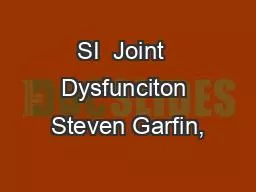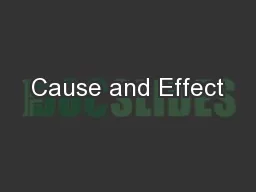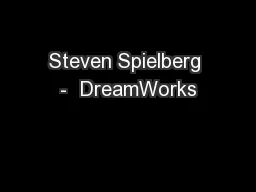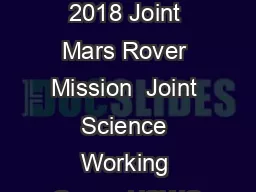PPT-SI Joint Dysfunciton Steven Garfin,
Author : classyshadow | Published Date : 2020-06-23
MD Distinguished Professor and Chair Department of Orthopaedic Surgery UCSD Disclosures AO Spine Benvenue Medical EBI Globus Medical Intrinsic Therapy Johnson amp
Presentation Embed Code
Download Presentation
Download Presentation The PPT/PDF document "SI Joint Dysfunciton Steven Garfin," is the property of its rightful owner. Permission is granted to download and print the materials on this website for personal, non-commercial use only, and to display it on your personal computer provided you do not modify the materials and that you retain all copyright notices contained in the materials. By downloading content from our website, you accept the terms of this agreement.
SI Joint Dysfunciton Steven Garfin,: Transcript
Download Rules Of Document
"SI Joint Dysfunciton Steven Garfin,"The content belongs to its owner. You may download and print it for personal use, without modification, and keep all copyright notices. By downloading, you agree to these terms.
Related Documents














